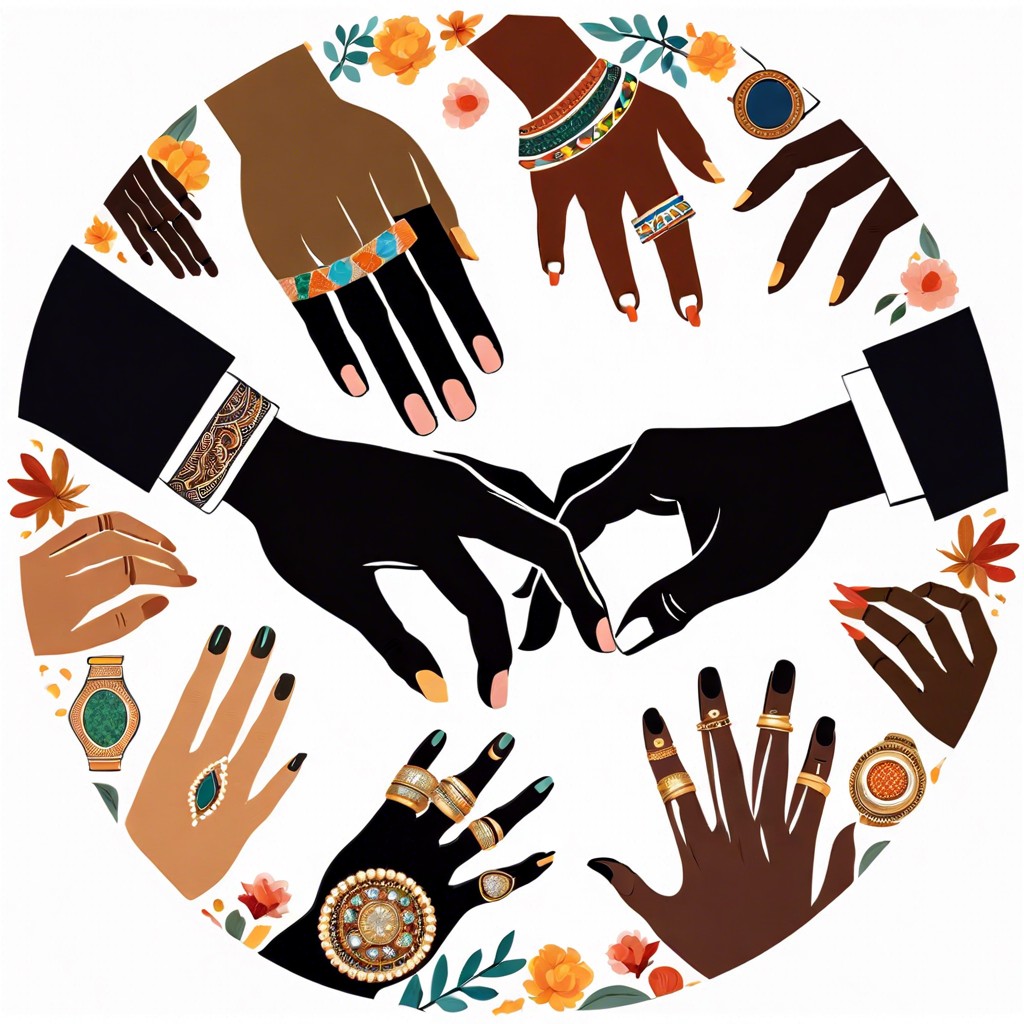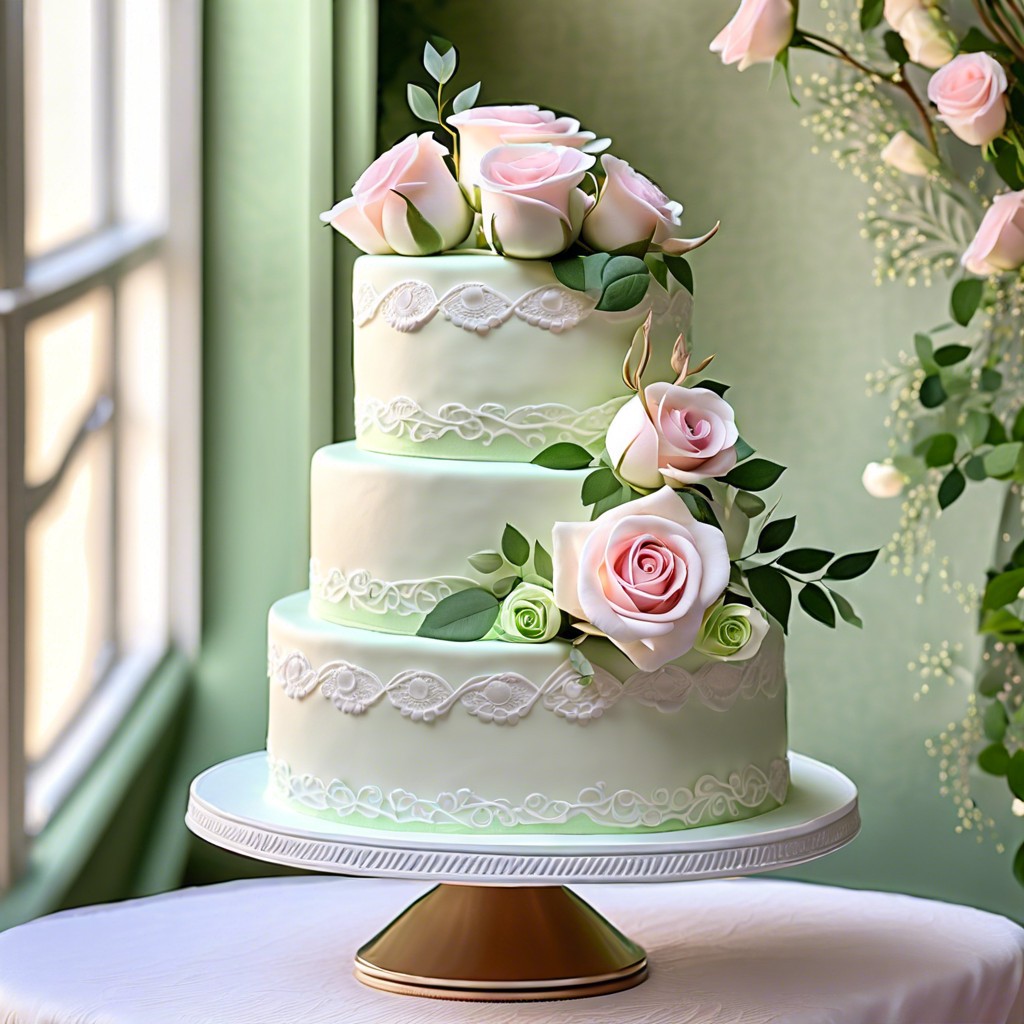Discover the factors that determine the average cost of a wedding and how to budget for your special day.
Key takeaways:
- The average cost of a wedding in the US is around ,000 to ,000.
- Hidden costs like gratuities and service fees can add up.
- Choice of vendors and customization of details affect the budget.
- Major cost factors include venue, catering, attire, photography, and entertainment.
- Wedding costs can vary across different regions and seasons.
Average Overall Cost of a Wedding in the United States

Navigating the landscape of wedding expenses can be daunting, but understanding the average cost sets the stage for better budgeting. As of recent data, couples in the United States can expect to spend about $28,000 to $34,000 on their celebration. This figure, however, can fluctuate significantly based on factors such as location, guest count, and the chosen date.
It’s important to consider the following points:
- The average cost is a yardstick, not a predetermined budget; each wedding is unique.
- Couples often overlook hidden costs like gratuities, taxes, and service fees, which can add up.
- The choice of vendors plays a critical role in shaping the overall budget, with experienced professionals typically commanding higher fees.
- Customization of details, from invitations to floral arrangements, can also influence the final cost.
- Many couples allocate a contingency fund, usually around 10% of their budget, to cover unexpected expenses.
Understanding these elements will aid in crafting a financial plan that reflects the couple’s vision and priorities for their wedding day. It’s not just about the average cost but how each choice contributes to the total expenditure.
Breakdown of Major Wedding Cost Factors (venue, Catering, Attire, Etc.)
Understanding the allocation of funds in wedding planning can help you anticipate costs and manage your budget effectively. Here are the major factors to consider:
- Venue: This significant expense includes rental fees, and often, in-house services like catering and equipment. Prices vary widely based on location, popularity, and exclusivity.
- Catering: Typically charged per head, catering encompasses food, service, and sometimes beverages. High guest counts lead to higher expenses.
- Attire: Bridal gowns and groom’s attire can be substantial, depending on designer and customization. Don’t forget alterations and accessories.
- Photography and Videography: Professional documentation of your day varies with the level of experience and time coverage.
- Flowers and Decor: Floral arrangements, lighting, and decor accents push this cost, which hinges on your style and the venue’s needs.
- Entertainment: Live bands generally cost more than DJs, and prices reflect expertise and demand.
- Invitations: Printing and designing costs, along with postage for invitations and RSVPs, add up, especially with premium materials.
- Wedding Planner: Hiring a professional to oversee details comes at a price which may be a fixed rate or a percentage of the wedding costs.
Each factor can enhance your wedding experience, but understanding their financial impact allows for informed decision-making.
Comparison of Wedding Costs Across Different Regions
Wedding expenses can vary significantly from one region to another. Metropolitan areas often present a higher price tag due to increased demand for venues and services. For instance, tying the knot in urban centers like New York City or San Francisco can easily double or triple your budget compared to a suburban or rural setting.
Cost disparities extend beyond the urban-rural divide. Southern states may offer more affordable venue options, with the charm of historic plantations and barns, while Northeastern states might lean towards luxury with historical venues and upscale ballrooms.
Also, destination weddings in places like Hawaii or the Caribbean come with their own unique costs, including travel and accommodation for guests and vendors.
Keep in mind, these geographical differences not only impact venue costs but also influence catering, decoration, entertainment, and transportation expenses. To make an informed decision, researching local vendors and securing quotes can help couples understand the financial landscape of their desired location.
Discussion On the Impact of Seasonality On Wedding Costs
Seasonality plays a significant role in the cost of weddings. Peak wedding months, generally from May through October, often come with higher price tags due to increased demand for venues and vendors.
Off-peak months, like January and February, can present opportunities for cost savings, as suppliers may offer discounts to fill their calendars. Furthermore, a winter wedding might reduce floral expenses, as couples lean towards seasonal decor.
Opting for a less popular day of the week, such as a Thursday or Sunday, can also help to decrease costs, regardless of the season. It’s essential to weigh the potential trade-offs of an off-season wedding, such as availability of guests and weather considerations, against the financial benefits when planning your special day.



